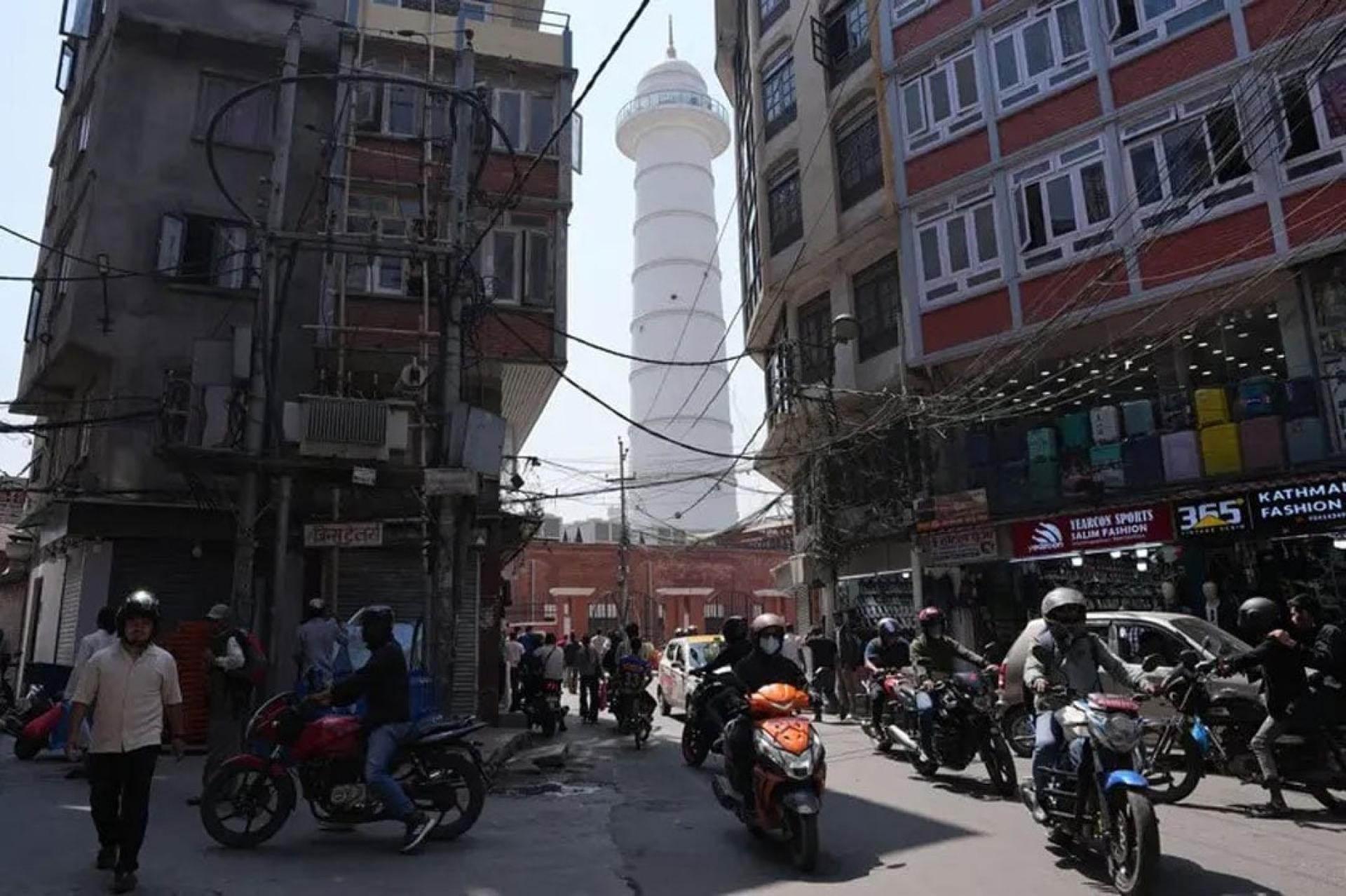According to Nepali media reports on the 22nd, South Korea plans to provide 5,300 job positions for Nepali workers in 2025, attracting over 103,000 people to submit applications for the relevant Korean language exam. These 5,300 positions include 3,500 in manufacturing and 1,800 in agriculture and livestock.
Nepali media analysis suggests that higher wages and a relatively regulated labor market are important reasons why Nepalis are attracted to work in South Korea.
According to regulations, applicants must be between 18 and 39 years old, and must pass the Korean language exam under South Korea's Employment Permit System (EPS) for foreigners in order to move to the final selection stage.
Nepal signed a related memorandum with South Korea in 2007 and has been sending workers to South Korea since 2008, with a cumulative total of nearly 120,000 people so far. In 2008, 31,525 Nepalis registered for the first exam, and South Korea opened 5,000 positions to Nepali laborers that year, with a competition ratio of about 6:1; this year, that ratio has grown to nearly 20:1.
South Korea has become a popular destination in recent years for Nepalis to study and work abroad. In main cities such as the capital Kathmandu and Pokhara, it is common to see language schools advertising "study and work in Korea." There are also many Korean restaurants in Kathmandu, often filled with young Nepalis dining together.
Nepal has a population of about 30 million. According to the Chinese Ministry of Commerce's official website, Nepal is one of the least developed countries, and the number of its overseas laborers is large. In the 2023/24 fiscal year, more than 740,000 Nepalis worked abroad, reaching a historic high, mainly concentrated in India, Qatar, Malaysia, the United Arab Emirates, Saudi Arabia, and Kuwait.
